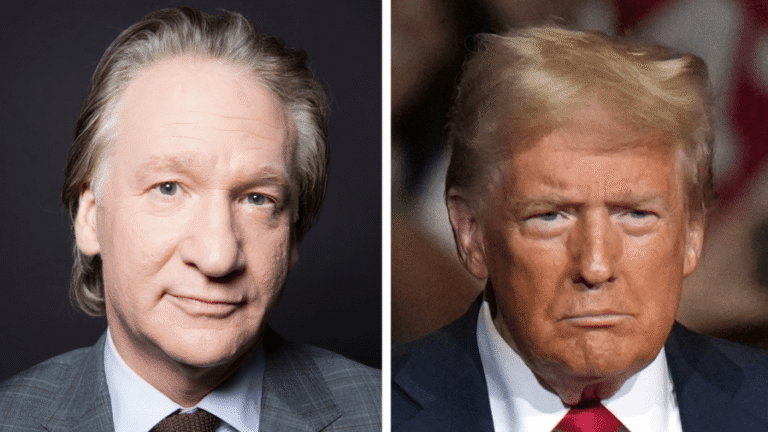
Japan has entered a new political era. For the first time in its modern history, the country has chosen a woman to lead it. Sanae Takaichi, a 64-year-old conservative, has won 237 out of 465 votes in the Lower House and 125 of 248 in the Upper House to become Japan’s first female prime minister.
Her historic rise is not the result of a feminist breakthrough or generational change. It is the culmination of factional politics and a desire for continuity in an uncertain world.
Takaichi’s path to power was shaped by the internal recalibration of the Liberal Democratic Party following a breakup with its longtime coalition partner, Komeito. The party struck a new alliance with the Japan Innovation Party, creating a tenuous parliamentary majority.
Despite leading a minority administration, balancing competing factions has cemented Takaichi’s image as a pragmatic yet determined leader — a quality that earned her the nickname Japan’s Iron Lady.
Behind the symbolism, few expect radical transformation. Takaichi’s economic philosophy mirrors her mentor Shinzo Abe’s “Abenomics.” It involves expansionary fiscal policy, ultra-loose monetary conditions and a belief that government stimulus remains key to Japan’s growth.
She has already signaled plans for large-scale spending on infrastructure, defense and technology. The Nikkei 225 rallied after her election, reflecting investor optimism for continued liquidity and state-led stimulus.
Still, this optimism may prove fragile. Japan’s public debt exceeds 260 percent of GDP. Another wave of spending could worsen inflationary pressure and further weaken the yen. A soft currency benefits exporters, but it also raises import costs and erodes purchasing power for ordinary households.
Can Takaichi’s administration sustain economic momentum without stoking financial instability? Her record suggests she will tolerate a weaker yen as the price of national competitiveness, reinforcing the continuity of Abe’s economic model.
However, change is likely in Japan’s geopolitical posture. Takaichi’s nationalism is open and unapologetic. Often compared to Italy’s Giorgia Meloni for her ideological conviction and political discipline, she brings a more assertive tone to Japanese leadership that emphasizes sovereignty, pride and strength.
Her worldview rests on the conviction that Japan must reclaim a central role in shaping Asia’s strategic future. This means defense spending will rise, continuing the trajectory begun under Abe and Kishida. Japan is already on track to double its defense budget by 2027. Under Takaichi, that goal may accelerate.
She is expected to push for enhanced missile deterrence, expanded U.S. cooperation and deeper engagement with Australia, the Philippines and South Korea. For Takaichi, security and economic policy are intertwined. Strong defense, resilient supply chains and technological independence define Japan’s survival in a volatile Indo-Pacific.
Her hard line toward China will likely define her early foreign policy. Takaichi has long been critical of Beijing’s assertiveness in the East China Sea and its stance on Taiwan.
Her election prompted swift reactions from both capitals. Taipei’s President Lai Ching-te called her a “steadfast friend,” while China’s foreign ministry warned Japan to “honor its political commitments” regarding Taiwan. This dynamic hints at a heightened Tokyo-Beijing rivalry in the years ahead, one where Japan asserts itself more openly against Chinese influence.
Still, Takaichi is not seeking confrontation for its own sake. Her initial gestures toward Seoul, calling South Korea an “important neighbor and a key partner,” signal a pragmatic recognition that Japan’s strength depends on its alliances.
The improving Tokyo-Seoul relationship, combined with close ties to Washington, could form a new triangle of cooperation in Northeast Asia. This would bolster Japan’s leverage economically and strategically, positioning it as a pivotal player in regional security and technology supply chains.
Domestically, Takaichi faces the paradox of being a historic figure leading a party resistant to change. Her cabinet includes only two women. That has fueled debate over whether her rise will advance women’s empowerment or simply reinforce the status quo.
But her political instincts are clear; symbolism must serve stability. In that sense, she represents evolution without disruption, a conservative reformer steering Japan toward strength through discipline rather than social revolution.
Looking ahead, Takaichi’s Japan will likely be defined by fiscal assertiveness, strategic nationalism and technological revival. Her administration will pour resources into semiconductor production, renewable energy and defense manufacturing under the banner of “economic security.”
This will deepen Japan’s integration with Western economies while reducing its exposure to Chinese markets. Over time, Tokyo may emerge as a manufacturing hub and a geopolitical anchor, a democratic power balancing Washington and Beijing in Asia’s shifting order.
The true test for Japan’s Iron Lady will be whether she can convert symbolic history into sustainable progress. Managing a weak yen, an aging population and fragile coalitions will demand pragmatism and resolve. Yet her brand of determined leadership may give Japan the clarity it has long lacked.
Takaichi’s rise is not a revolution. It is the continuation of Japan’s long search for identity, between pacifism and assertiveness, tradition and renewal. But for the first time in history, that search will be guided by a woman whose strength could reshape how Tokyo defines power in Asia.
Ronny P. Sasmita is a senior analyst at Indonesia Strategic and Economics Action Institution


